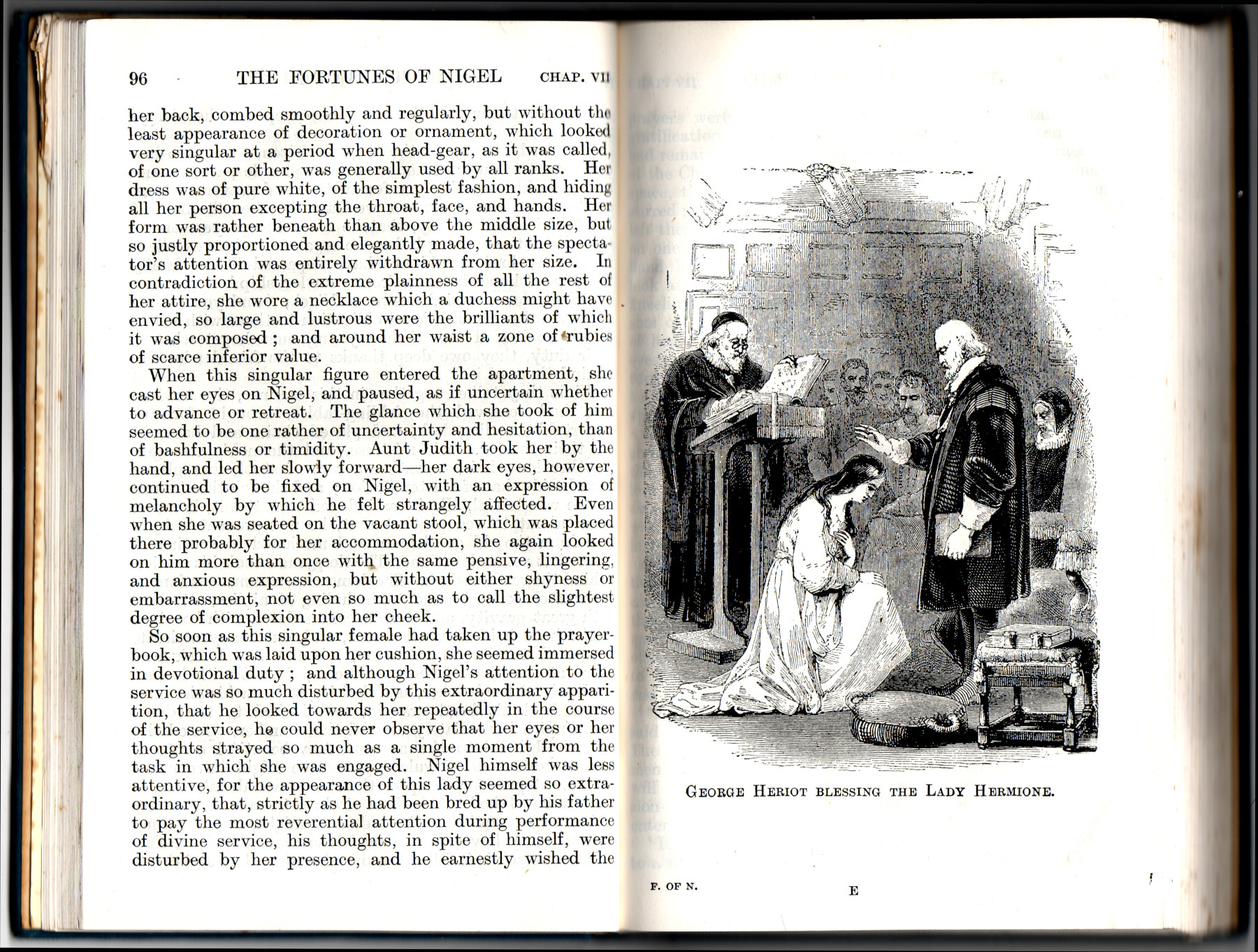
Politically, they are doomed. The very devil would have to intervene with some sort of devil-miracle to prevent a wipeout of Republicans in the 2024 elections. Not only are Trump and his operatives politically doomed, their lives are over. Some of them are old enough to die in prison.
These criminals actually occupied the White House. That’s how close we came to fascism. They were off to a good start, but four years was not enough for them to turn us into Russia. That, of course, was their intention. Elections would no longer matter. With a bit more work, the lower courts wouldn’t be able to touch them. The Supreme Court would protect them. Then they’d divvy up the economy, and it would be full steam ahead in the process of looting America, the same way Putin and his friends looted Russia. They’d all fly around in private jets (including Supreme Court justices). They’d all buy fancy properties (as the Russians have done, and including Supreme Court justices) in all the places where the global oligarchy go to live it up on the loot they’ve extracted by turning their home countries into corrupt shit-hole countries.
The leaders of this conspiracy to turn the United States into Russia are finished. But the big problem now is that we are left with the fools who not only supported them but who continue to support them. That’s no more than 30 percent of the voting population. At the national level, there are not enough of them to be dangerous — at least, not unless one of the many wannabes succeeds in becoming the new Trump and some stupid “independents” fall for it, as they did for Trump. Right-wing Republicans can continue to do damage only in the red states where they are in power. It’s going to take years, unfortunately, for them to die off. Most young people detest them, which is a major driver of right-wing panic and their attempts to lock themselves into power, legally if possible and illegally if they think they can get away with it. They are terrified of the future, because there is no place for them there.
What amazes me is that the hometown deplorables thought they had something to gain from the corruption and criminalization of the American government. The deplorables seem to actually believe that criminals like the people in these mug shots somehow care about them. Or maybe it’s that the deplorables are so motivated by such pure spite that they’d be OK with even greater marginalization, and ever-smaller pieces of the pie, as long as the people they’ve been taught to hate are kicked around even worse than they are themselves.
Though the fascist dream of a fascist America has been crushed for now, their propagandists are still active. The dreams of the propagandists seem to have been reduced to violence. With elections now beyond them, violence is their only hope. Sarah Palin said yesterday that a civil war is going to happen if the prosecution of Trump continues. Dream on, Sarah Palin. Tucker Carlson wanted to ask Trump about civil war. That’s a pretty dream if you’re a fascist, but the truth is that the troops are no longer available for the civil war they dream of. I’m reminded of the Vietnam era, when the peaceniks often said, “What if they gave a war and nobody came?” Today it’s, “What if the fascists gave a civil war and nobody came?” The cream of the fascist crop went to the U.S. Capitol on January 6, 2021, and they got neutralized by justice. The deplorables now know that they’ve lost, though they’re still in the rage and denial stage.
The courts are dealing with the criminals. But it’s up to us to deal with the hordes of hometown deplorables and their rage. They’re all around us. But there’s nothing they can do now with their rage, other than go after school boards and harass their scapegoats. Some true believers with lots of guns will, as usual, go on shooting expeditions that they won’t survive.
As recently as August 2, David Brooks wrote a piece in the New York Times with the headline “What if we’re the bad guys here?” He’s reviving yet again the terrible idea that it’s Democrats and other decent human beings who are somehow responsible for Trumpism, rather than the deplorables. Even if life for the deplorables isn’t fair (it isn’t), that’s no excuse for fascism. The deplorables might benefit from studying the history of African-Americans (rather than erasing them from the history taught in schools), whose lot was — and is — far worse than the deplorables, but who chose good leaders and a rational path to progress. I just saw a new and very true meme on Facebook — that those who deny history fully intend to repeat it.
I very much believe that there is something cognitively and morally broken — deranged — in those who still see Trump as a hero. They are just not decent human beings, and they are not fit for decent human company. Yet there they are, and we have to deal with them. That’s why civility is more important than ever. We’re surrounded by them. If they’re civil to us, then we can be civil to them. (Start preparing yourself now for the next Thanksgiving and Christmas gatherings.) Most of them will never change, and it’s going to take years for them to die off. Economic justice — better lives for working people rather than more billionaires, the very thing that Republicans most oppose — is a major part of the longterm solution. Educating their children is one of the biggest challenges, because the deplorables (and their leaders and propagandists) don’t want children educated. They want children to be deplorable.
We’ve avoided disaster. Now we just need more time for the arc of the moral universe to continue its course toward justice — until, someday, as their numbers dwindle, as their children catch on, and as their churches serve the devil and go bankrupt, we leave these ugly souls behind forever.

Update:
It’s not just me. Anyone with a moral IQ above 98.6 can see it.
“Trump has ‘moral compass of an ax murderer,’ says Georgia Republican.














